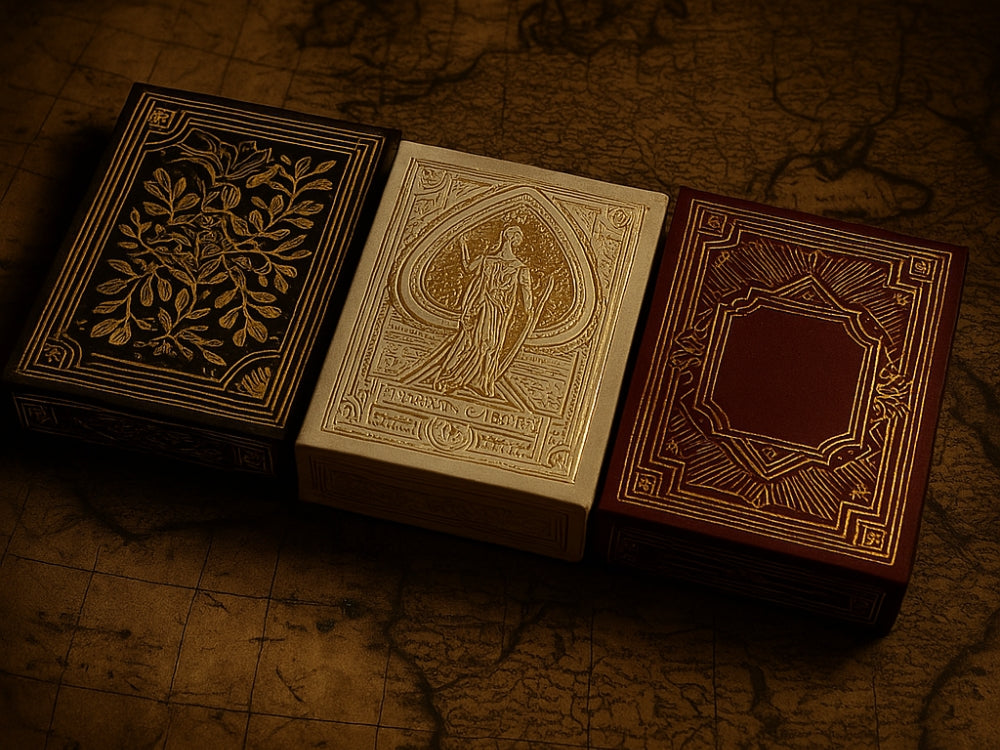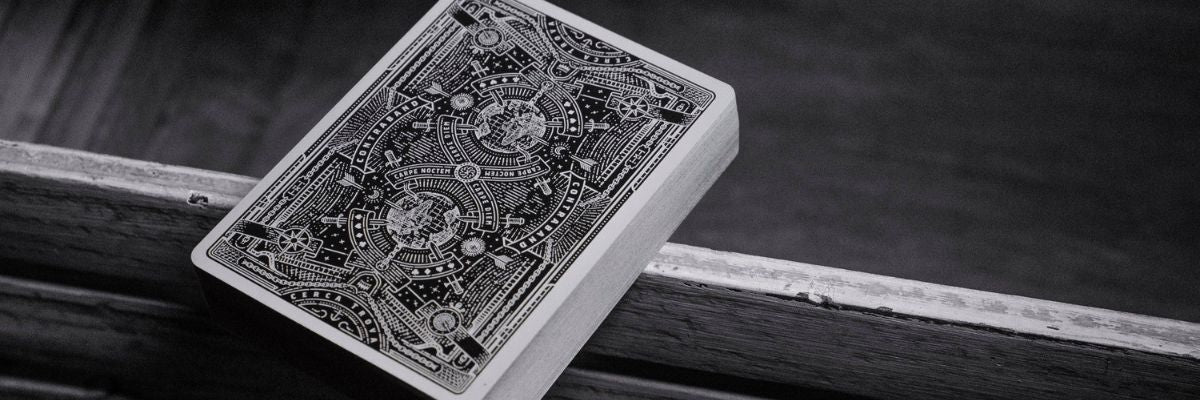You know the one. The wildcard. The jester in the pack. The oddball that doesn’t quite fit in with the rest of the regimented suits. The Joker card has always felt a bit like the rebellious sibling of the deck – the one that turns up late to dinner and still somehow steals the show.
But where did it come from? And why are there jokers in a deck of cards in the first place? If you've ever wondered, you’re not alone. It’s one of those little quirks of everyday life that most people accept without question…until one rainy Sunday afternoon you find yourself staring at it during a game of rummy and suddenly need answers.
Born from Euchre and a Bit of German Flair
Turns out, the joker card didn’t exist until the 1860s, and we have the game of Euchre (pronounced “yoo-ker”) to thank for it. Back then, Euchre was a big deal in the United States, but it had a problem. Players needed an extra card – one that could beat even the top trumps. Enter the "Best Bower," a sort of imperial megacard created to shake things up. It outranked everything. No wonder it evolved into the Joker.
The name "Bower" actually comes from the German "Bauer," meaning "farmer" – but also a nickname for the Jack in German decks. There's even a theory that "Joker" evolved from "Juckerspiel," another name for Euchre. It’s like a linguistic game of Chinese whispers, but with playing cards.
By the 1870s, the Joker had crossed the Atlantic and made its way into British card decks, thanks to manufacturers like Charles Goodall & Son, who were early adopters of this quirky newcomer. If you ever spot an old deck with a Joker that looks more like an art project than a playing card, there’s a good chance it came from one of these early designs.
So, how many jokers in a pack of cards?
Good question. These days, most decks include two Jokers, but that wasn’t always the case. The original American decks had just one. Then Canasta came along in the 1940s and popularised the idea of two. Some German Rummy decks go wild and include three Jokers, and if you're playing Zwicker in parts of Germany, your pack might have six. Six! That’s less of a wildcard and more of a wild parade.
So the next time someone asks how many jokers are in a deck of cards, the real answer is: it depends on where you are, what you’re playing, and how mischievous the manufacturer is feeling.
The Joker Finds Its Groove
Over time, the Joker wormed its way into other games. In Poker, it became a wild card, able to stand in for anything. In Crazy Eights, it forces the next player to miss a turn (chaos). In War, it sometimes wins everything. There’s even an old tradition where people used the Joker as a replacement card if one went missing – scribbling the lost card’s details onto the Joker.
The Art of the Trickster
Visually, the Joker has never played by the rules. Early ones were blank or just had the words "Best Bower". Later came jesters, clowns, and elaborate designs that made the Joker feel like more than a card – more like a little burst of personality in the pack.
Some decks used the Joker for branding. Others featured real people, like clown George Washington Lafayette Fox, or strange themes like the "Heathen Chinee" inspired by a 19th-century poem (questionable taste, but historically interesting). There’s no universal design. It’s the one card that manufacturers have had total creative freedom with, and it shows.
If you're someone who appreciates luxury playing cards, the Joker is often where the artistry really comes alive. Designers use it to add hidden flourishes, little nods to stories or characters, or just go wild with colour and detail. In the Star Wars playing cards, for instance, the Jokers might feature Tusken Raiders. And in Batman playing cards, well... it would be rude not to include the Joker himself, wouldn’t it?
A Wild Symbol
There’s a reason people compare the Joker to the Fool in Tarot. Both are unpredictable, both live outside the usual rules, and both carry this strange energy of possibility. But they didn’t come from the same place. The Fool card has roots in 15th-century tarot decks, while the Joker was a much later American invention. Still, the comparison sticks.
The Joker is often seen as a trickster figure – the one who messes with the game, shifts the outcome, flips the story. There’s something beautifully chaotic about that. And maybe that’s why it’s stuck around.
From Game Night to Pop Culture
Beyond the card table, the Joker’s influence has spilled into culture. The Batman villain? Yep, named after this very card, debuting in comics in the 1940s. The phrase “Joker’s Wild”? Comes straight from its unpredictable gameplay role.
Some decks even print one Joker in colour and the other in black-and-white, just so you can assign them "high" and "low" values if your game demands it. You don’t have to, of course. But it’s nice to have the option.
And if you're a collector, Jokers are a dream. Their designs vary wildly, making them a sort of mini-gallery of playing card art. Collectors of premium playing cards often prize Jokers for their unique artwork and variation from deck to deck. Go ahead, open a few different decks and compare them. It's like a tiny treasure hunt.
Oh, and if you’re curious about the broader journey that got us to our modern decks, check out our article on the history of playing cards. You might also enjoy learning more about the elegant court cards or the power-packed ace card.
The Joker may have started as an afterthought. But now? It’s a little icon of surprise, mischief, and endless possibility. Not bad for a card that wasn’t even in the original lineup.




